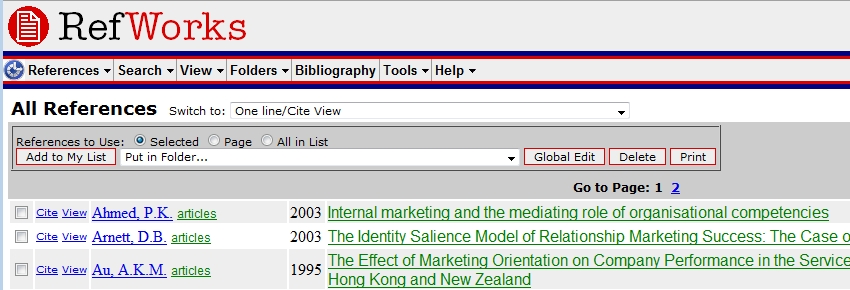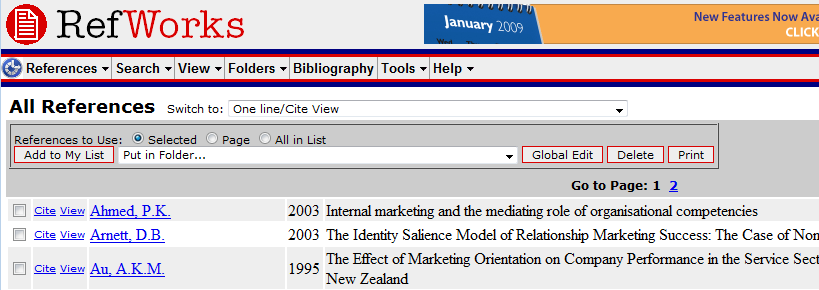Some keen golfers face a time when they can enjoy a walk around a golf course, but are not able to swing a golf club like they used to. A golfer’s swing could be interrupted due to injury, sickness or due to natural aging processes.
Should an inability to swing stop a golfer from enjoying the course? No. “Golf Zero” could be an answer. Here is an idea. Let “Golf Zero” be a zero swing game of golf that uses a small compressed air powered cannon to fire a golf ball when on the fairway, and a curved pipe for putting.
The fairway cannon fits onto a golf buggy in place of a bag of golf clubs and the Golf Zero golfer controls it using a wirelessly linked iPhone App that includes the course layout. The golfer chooses which stick to emulate, either an iron or wood plus a variable swing.
On the putting green, the golfer drops a golf ball down a curved pipe that is pointed towards the flag.
The combination of a small air powered cannon on the fairway and a curved pipe on the green may provide a way for golfers who have lost their swing to stay the course!

